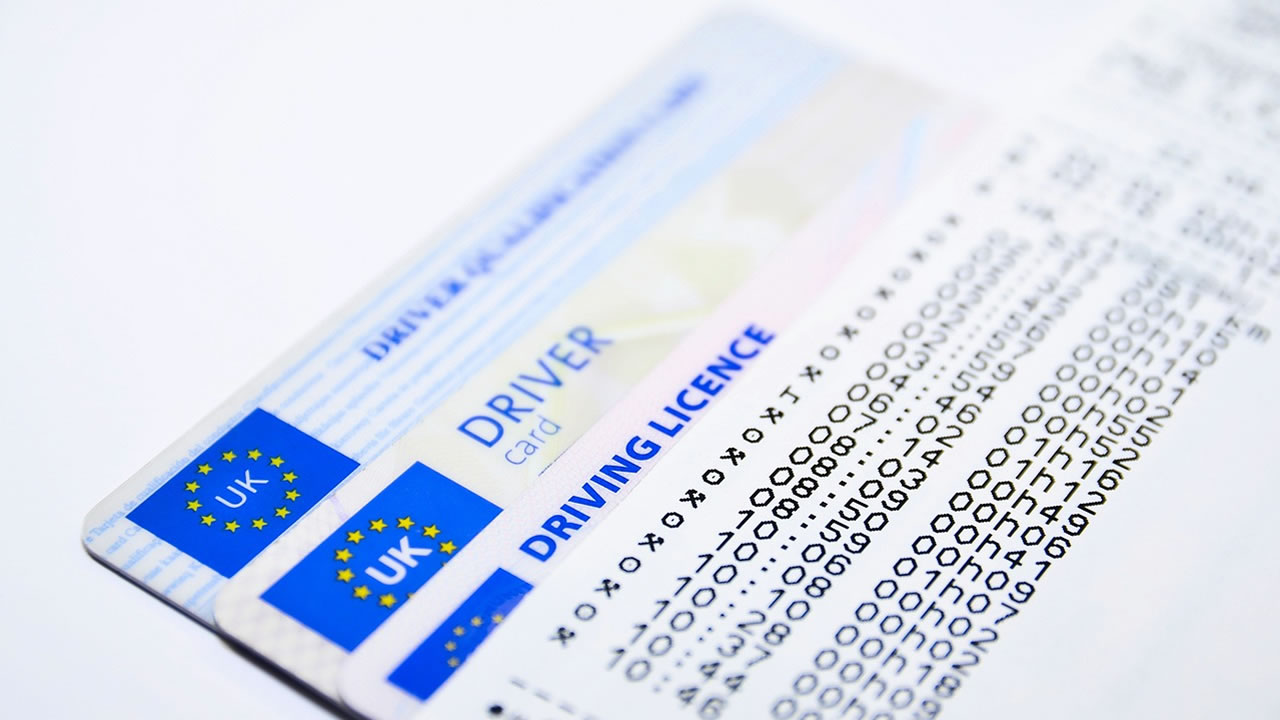Hot shot trucking is characterized by the transportation of low-density time-sensitive freight. Such transportation can be done using any non-CDL vehicles including flatbed trailers being towed by pickup trucks. Below are the basic prerequisites for commencing a non-CDL hot shot trucking business:
- Vehicle and Trailer Requirements
Non-CDL vehicles: The combined Gross Vehicle Weight Rating of your truck and trailer should not exceed the 26,000-pound limit otherwise a CDL will be required to operate the vehicle.
Truck types: Preference is widely given to 1-ton or 3/4 ton pickup trucks like Ford F-250/F-350, Ram 2500/3500 or Chevrolet Silverado 2500/3500.
Trailer options: Gooseneck trailers, bumper pull, or flatbed trailers that have the required weight specifications.
2. Licensing and Permits
USDOT Number: This is compulsory whenever interstate transport has to be done. This is done through the Federal Motor Carrier Safety Administration, FMCSA.
MC Number: In the event that you are carrying loads for hire, across state lines, an Operating Authority, MC Number is compulsory.
Business License: One should get a business license valid in the state of operations.
Unified Carrier Registration UCR: This is done at least once every year with respect to interstate operations.
3. Insurance
Liability Insurance: The law FMCSA insists on all freight carriers to maintain at least $750,000 in liability coverage.
Cargo Insurance: This is insurance covering the cargo that is being shipped. Most companies stake on $100,000 insurance coverage for the cargo.
Physical Damage Insurance: This protects the fleet from any form of physical destruction.
Non-Trucking Liability NTL: This is applicable when a truck driver is not under dispatch orders.
4. Required Equipment in Hotshot Trucking
Electronic Logging Device (ELD): Required for any interstate vehicle using a combination of trucks and trailers weighing more than 10,000 pounds.
Load Securement Tools: Straps, tarps, chains, and binders for securing loose cargo and freight from the freight truck trailer.
5. Compliance with Rules and Regulations Established by FMCSA.
Even if self-employed regarding the business, keep a driver qualification file (DQF), if possible.
Should the activities of your organization warrant it, there are hours of service (HOS) requirements that must be met.
Ensure that regular inspections of vehicles are carried out and documentation on such be kept.
6. Load Boards and Freight Connections
Locate people through online load boards such as DAT or Truckstop and see if there are any load options available.
Put in place networks with brokers and direct shippers for repeat loads.
7. Financial planning in Hotshot Trucking.
Start budget for the initial investment (for vehicle, trailer, insurance, permits).
Budget for regular and recurring expenditures which fuel, maintenance, and tolls are all included.
By applying the above outlined procedures, a legal, regulatory, and lucrative non-cdl hot shot trucking business can be set up.


